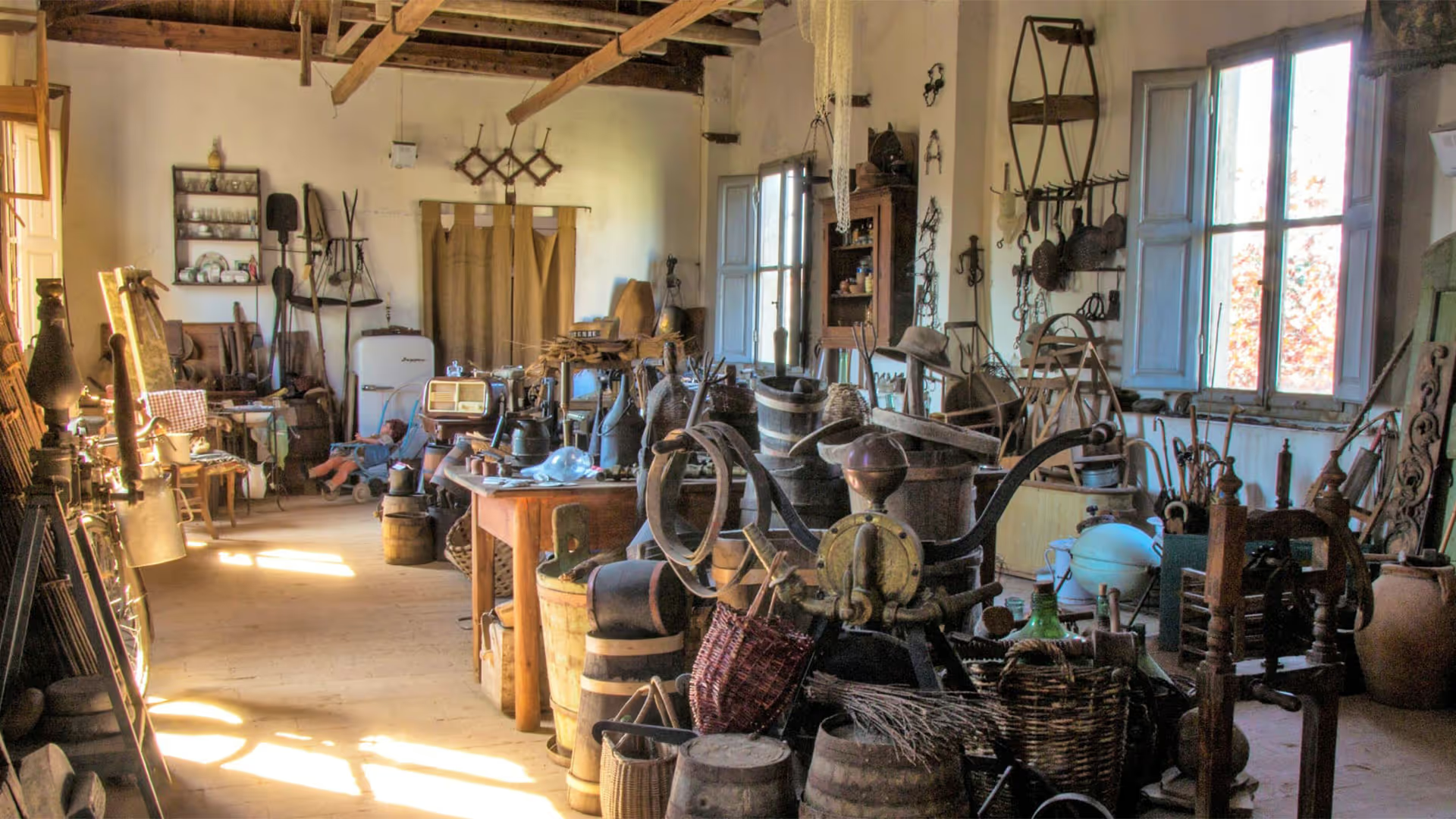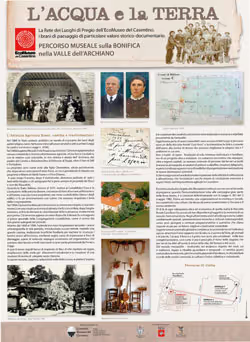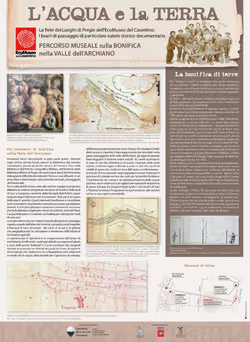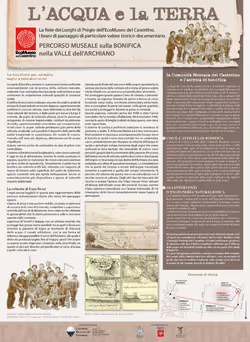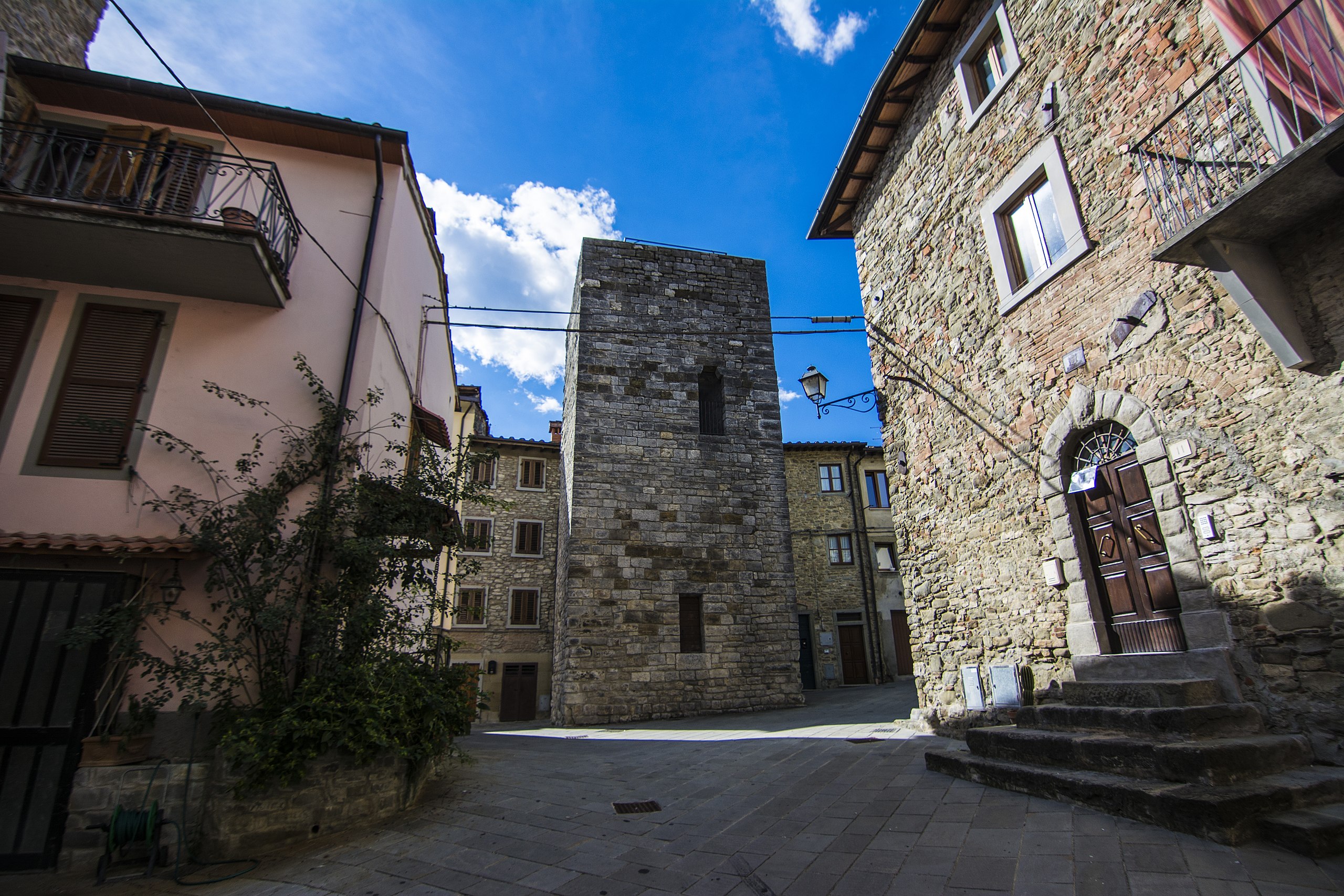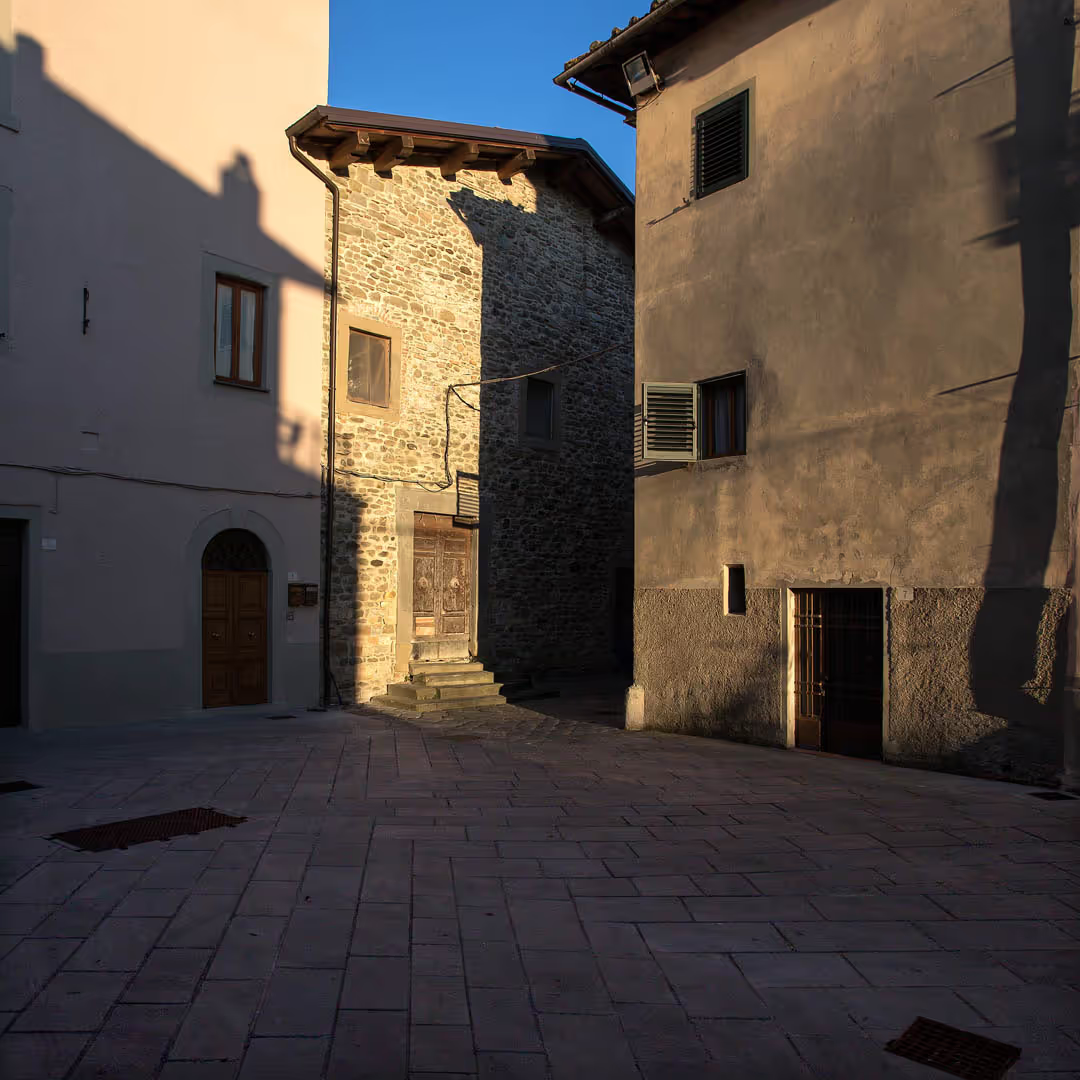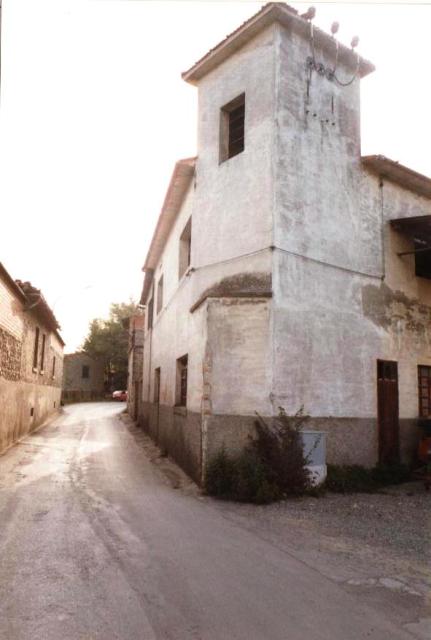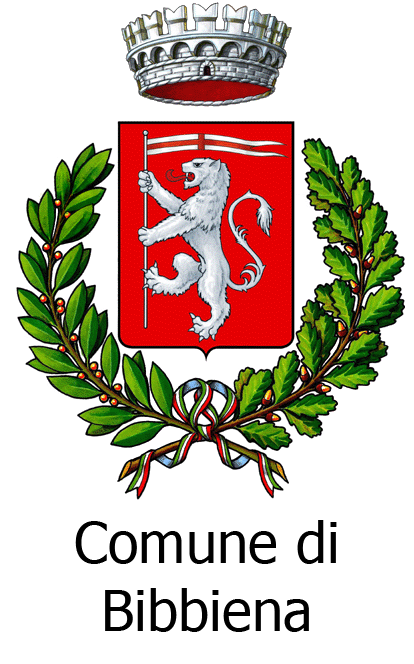
The Old Washhouses of Soci:
History, Restoration, and Tradition
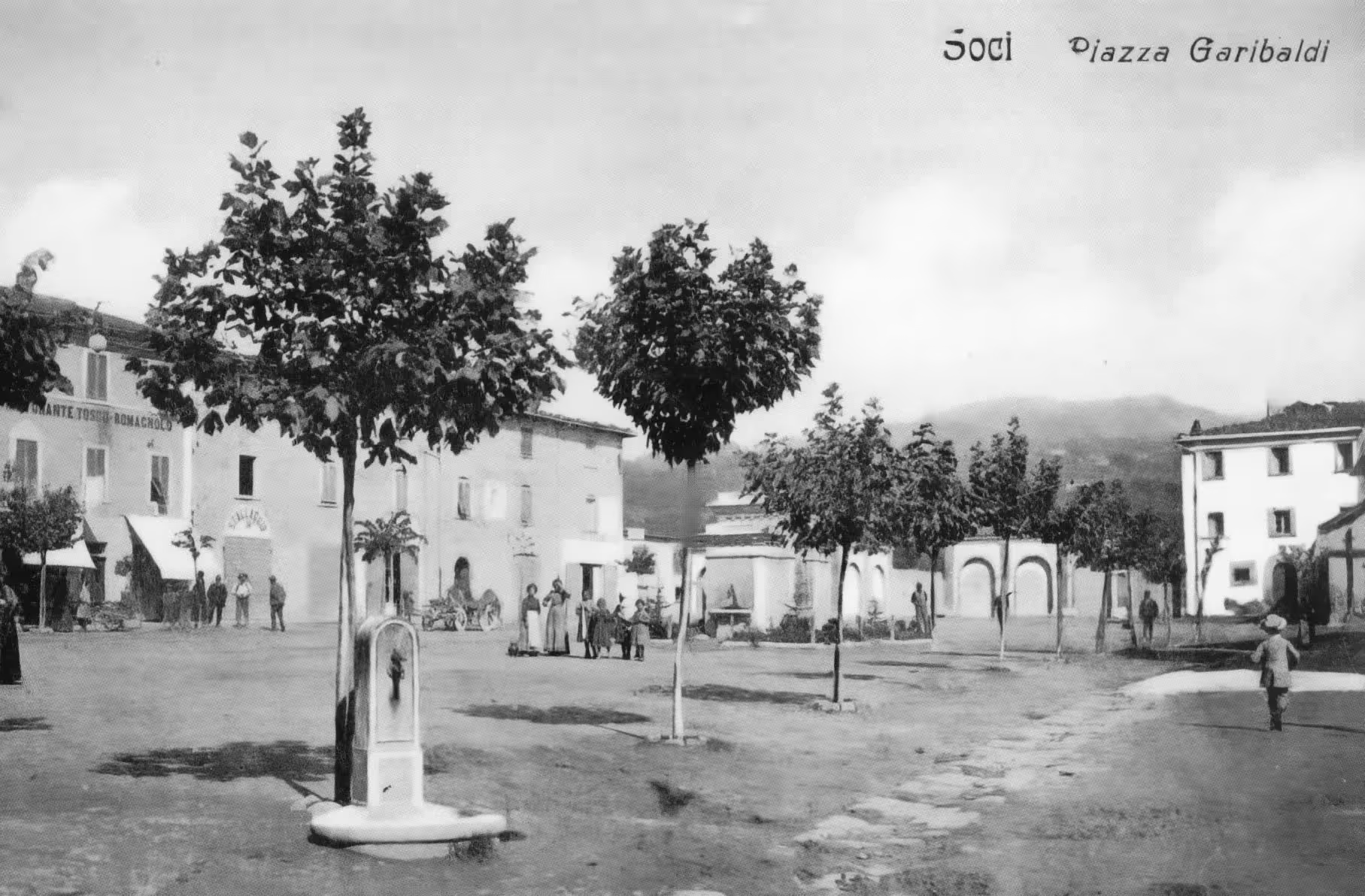
An Audio Reading is Available for This Website
A Rediscovered Heritage
The Restoration of the Washhouses
In the heart of Soci’s historic center lie the old washhouses, silent witnesses to a past filled with hard work, community, and tradition. Used until relatively recent times, these public washhouses were the hub of daily life for the town’s women, who gathered here to wash clothes and share stories.
Over the years, with the widespread introduction of running water in homes, the washhouses gradually lost their original function and fell into disrepair. However, thanks to a recent restoration project, this valuable historical landmark has been recovered and made accessible once again.
The Restoration Efforts
The restoration work aimed to preserve the historical integrity of the building while improving its safety and accessibility. Some of the most significant interventions included:
- Structural Reinforcement: The supporting wall of the central truss, which showed signs of weakening, was restored using conservation techniques to maintain the structure’s original appearance.
- Restoration of Interior Surfaces: The old, deteriorated plaster was removed, and macroporous materials were applied to improve wall breathability, thereby reducing moisture issues that had compromised the structure over time.
- Removal of Architectural Barriers: The installation of a removable wooden platform has made the site accessible to everyone, allowing visitors to overcome height differences and ensuring a more inclusive experience.
- Lighting Improvement: A new energy-efficient lighting system was installed, designed to blend harmoniously with the historic structure while enhancing its architectural features.
- Inclusive Information Panels: The washhouses are now equipped with an accessible information system, featuring multilingual texts, tactile images for the visually impaired, and multimedia content accessible via QR codes for an enhanced digital experience.
Thanks to this restoration, the washhouses of Soci are no longer just a relic of the past but a vibrant space, ready to host cultural and educational events that celebrate the town’s history.
Water and the Land
A Landscape Shaped by Reclamation
Water has always played a fundamental role in shaping the landscape of the Archiano Valley. Over the centuries, humans have learned to control it through reclamation works that made the land fertile and suitable for cultivation.
One of the most commonly used techniques in the past was natural colmation, a method that allowed sediment carried by water to accumulate and raise the land level. This process relied on a network of channels that directed turbid waters into colmation basins—areas enclosed by embankments where the silt transported by the water would settle, enriching the soil.
Over time, this reclamation method transformed the valley into a fertile agricultural zone, enabling cereal cultivation and the creation of pastures. The ingenuity of local communities in managing water resources highlights how the relationship between humans and nature has always been crucial to the region’s development.
(Source: CRED, Com Mont. Cart. Casa Rossi 2011, Casentino Ecomuseum Network Service Center)
Water and the Archiano Valley Nature, History, and Identity
The Archiano stream, a tributary of the Arno, has always played a central role in the development of the region. It originates at an altitude of approximately 1,100 meters in the Casentino Forests and, after a course of about 18 km, flows into the Arno near Bibbiena.

Canto V of Purgatorio, vv. 85-129
The Upper Course
In its mountainous stretch, the Archiano flows through areas of great natural value, collecting water from numerous tributaries, including the Camaldoli stream, which runs near the ancient hermitage. This region is characterized by forests of beech and silver fir, forming part of the Casentino Forests National Park and supporting a rich biodiversity. Here, the stream’s waters are particularly pure, fostering a thriving ecosystem with native flora and fauna.
The Lower Course
As it descends toward the valley, the Archiano flows through more populated areas, characterized by farmland and small settlements. In the past, numerous mills and workshops were located here, harnessing the water’s energy for agricultural and artisanal activities. Many of these structures are no longer in use today, but some remain as a testament to the local communities’ skilled management of water resources.
(Source: CRED, Com Mont. Cart. Casa Rossi 2011, Casentino Ecomuseum Network Service Center)
Water and “Panno Casentino”
A Centuries-Old Textile Tradition
Water has not only shaped the landscape and supported agriculture but has also been an essential resource for the development of the local textile industry.
Casentino wool fabric, known for its durability and distinctive curled texture, was processed in fulling mills—hydraulic structures that harnessed the power of water for wool felting. This process, which made the fabric denser and more water-resistant, was powered by the energy of the Archiano and the Berignale, an artificial canal running through Soci.
Today, despite technological advancements, Casentino wool is still produced using traditional techniques that preserve its quality and artisanal value.
(Source: CRED, Com Mont. Cart. Casa Rossi 2011, Casentino Ecomuseum Network Service Center)
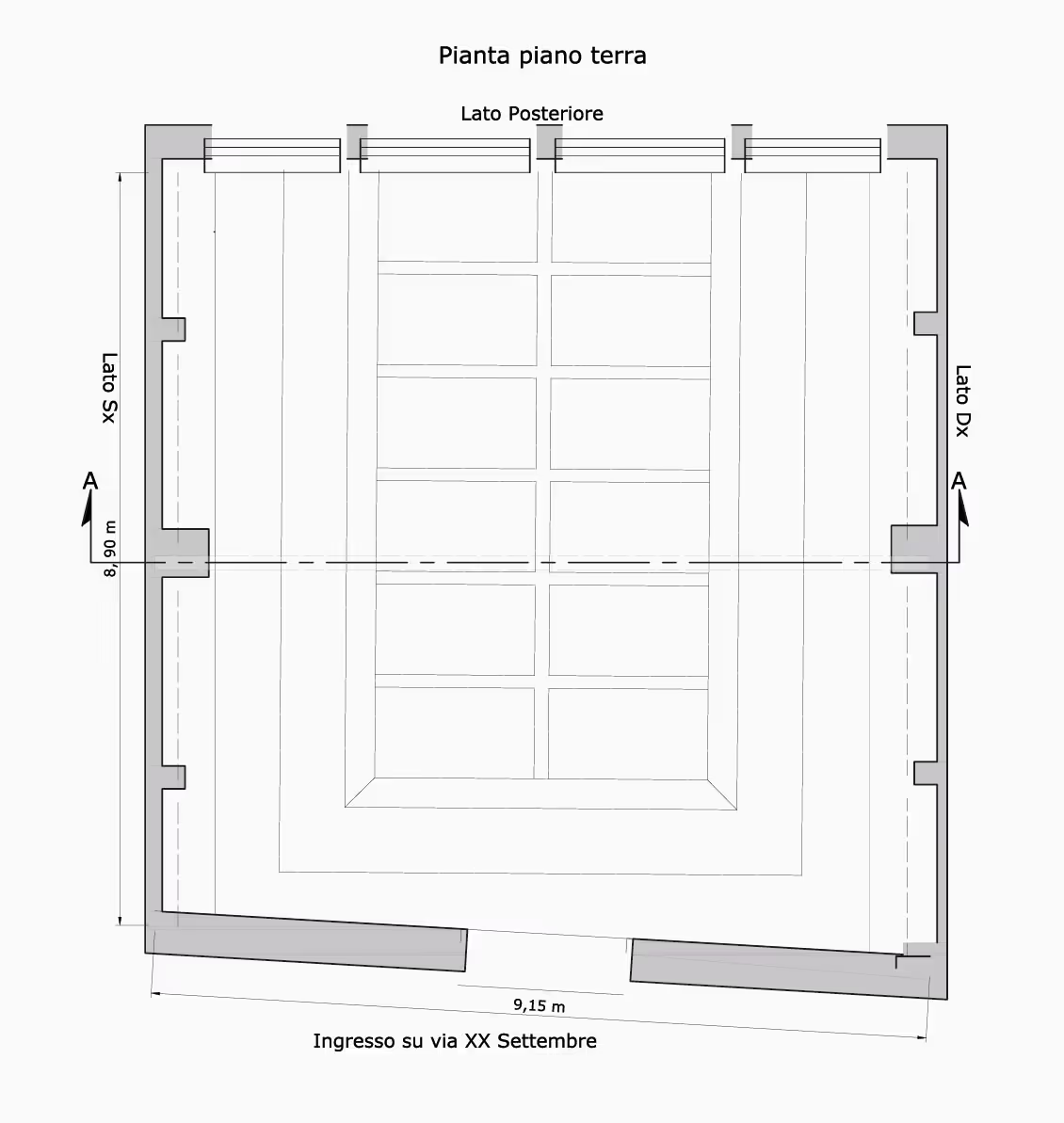
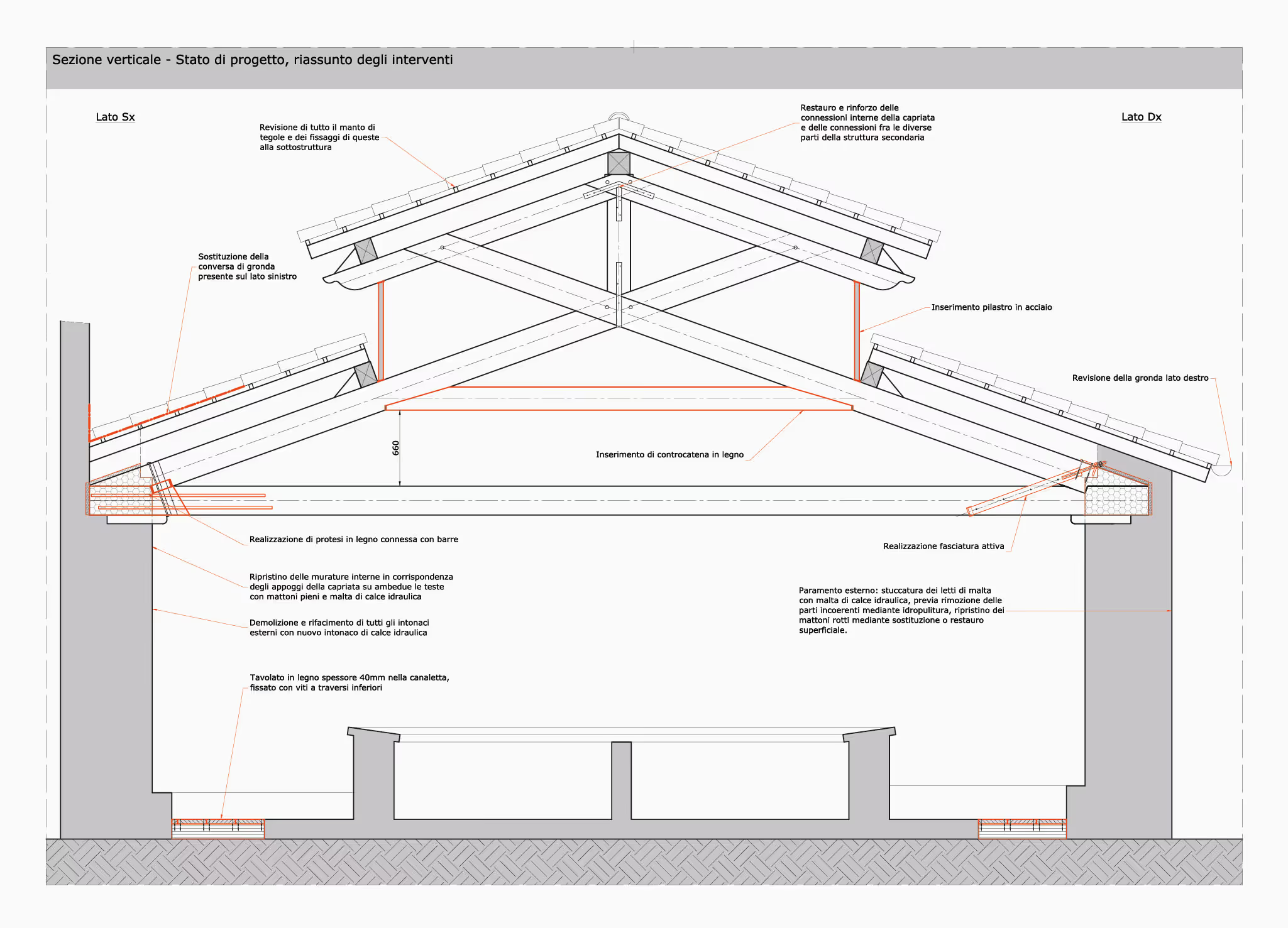
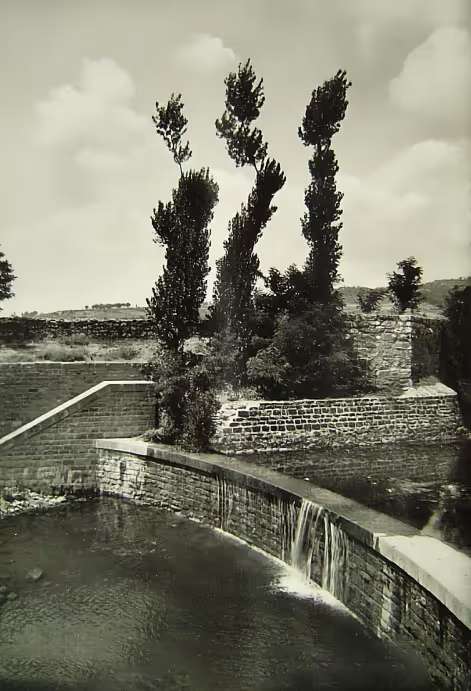
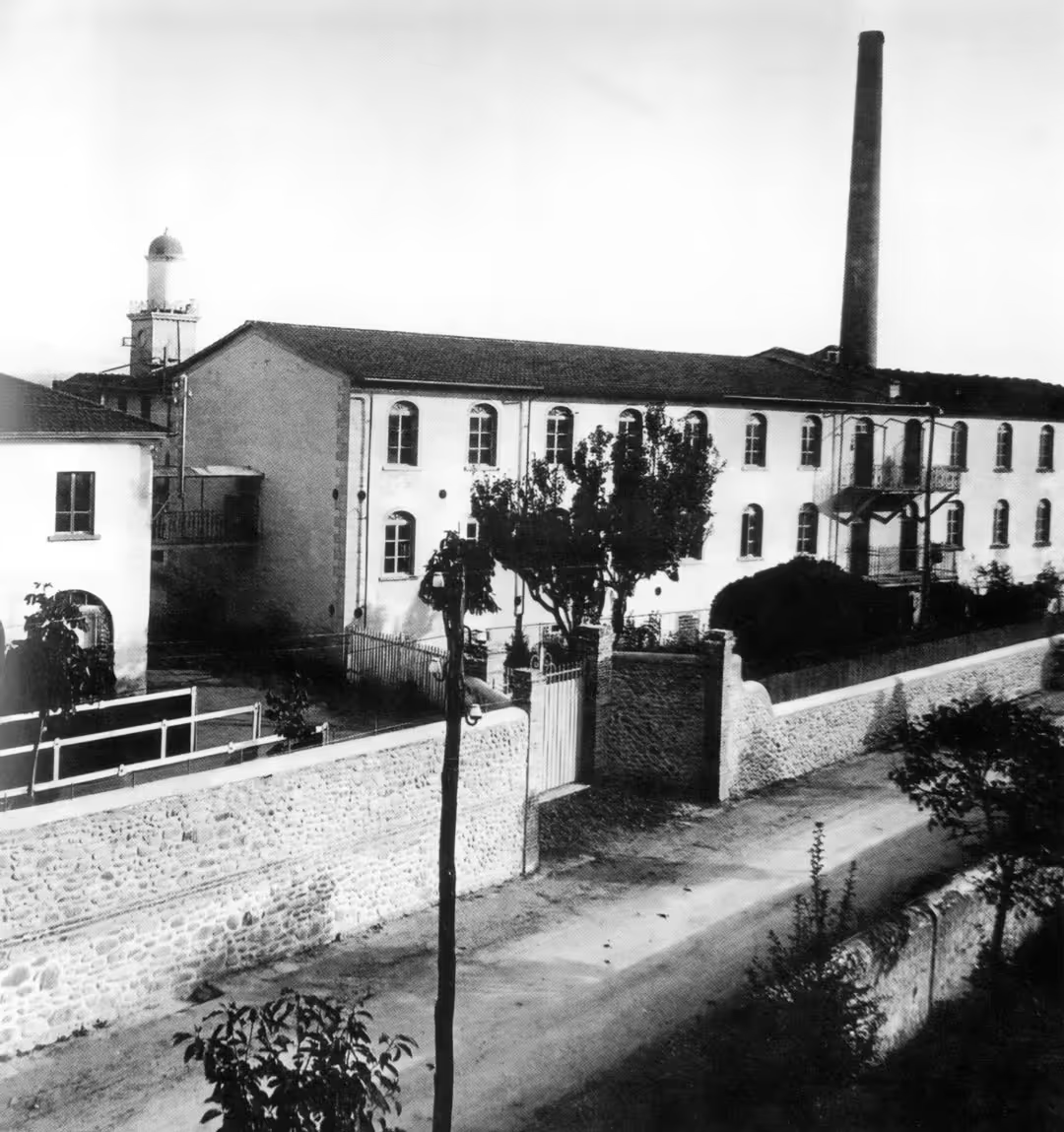
.avif)
